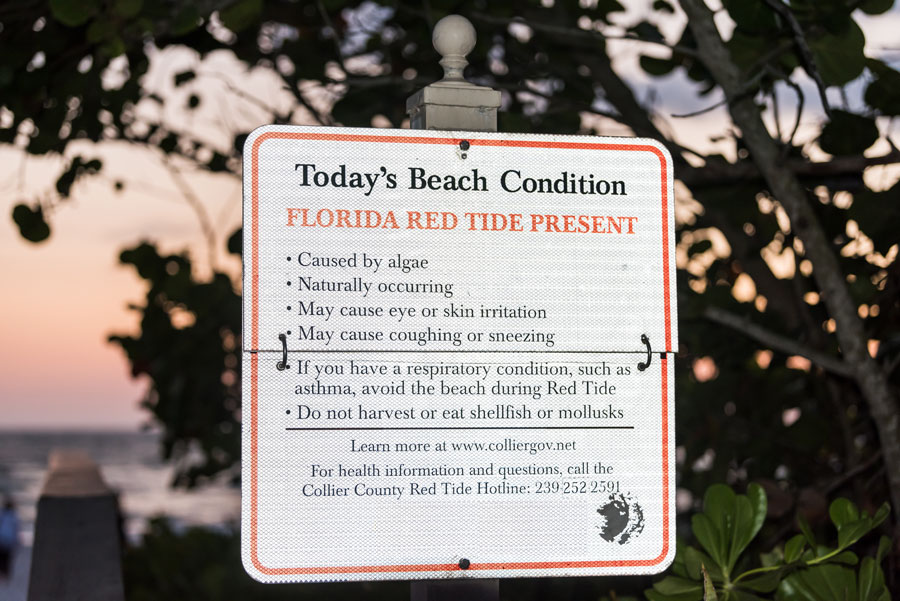Tampa Bay Braces for Red Tide Outbreak After Toxic Wastewater Leak

TAMPA, FL – The uncontrolled release of millions of gallons of polluted wastewater at Piney Point into Tampa Bay is raising concerns about a massive wave of harmful algal blooms. As officials relax concerns about a complete breach at the old phosphate plant, inviting evacuees back to their homes this week, environmental groups warn neighboring communities are far from being out of the danger zone.
Adam Fernandez, a board member with the Tampa Bay Waterkeeper, said the next step is preparing for the consequences – including a red tide outbreak, from the unprecedented amount of nutrients being dumped into Florida’s largest estuary.
“Now, it’s that there’s upwards of 500 tons of nitrogen that have been released into the bay,” said Fernandez. “That is insane. That’s an insane, biblical amount of nitrogen they released into our bay.”
Manatee County Commissioners voted Tuesday to get rid of the wastewater being held at the abandoned facility’s ponds permanently – using an injection well to treat the water, then dump it deep into the Floridan Aquifer.
On Wednesday, the Florida Senate approved adding $3 million to the state budget to help with cleanup at the site. Fernandez said he worries a massive algal bloom will kill off a lot of seagrass, which supports the fisheries, and will create a domino effect throughout the environment.
“Red tide that comes in, you know,” said Fernandez, “that chokes out all the oxygen in the water, and it can lead to massive fish kills, which we hate to see.”
The Center for Biological Diversity is among the groups calling for long-term solutions, including closing plants that create phosphogypsum, the radioactive waste from processing phosphate.
They also say dumping the phosphate industry’s pollution into the aquifer isn’t the best solution, and have been petitioning for stronger federal oversight at existing facilities.



Comments are closed.